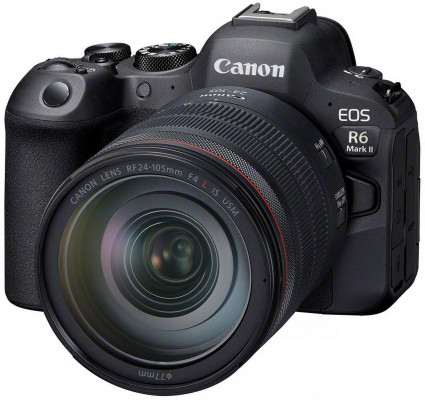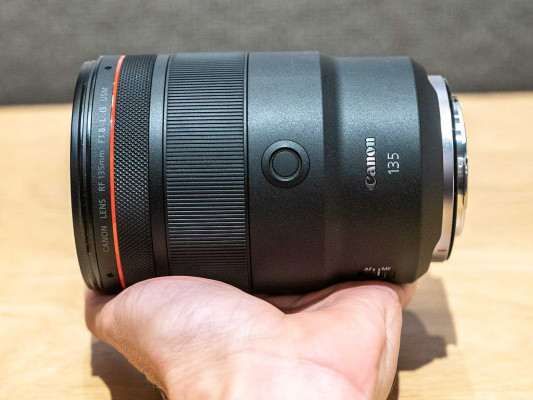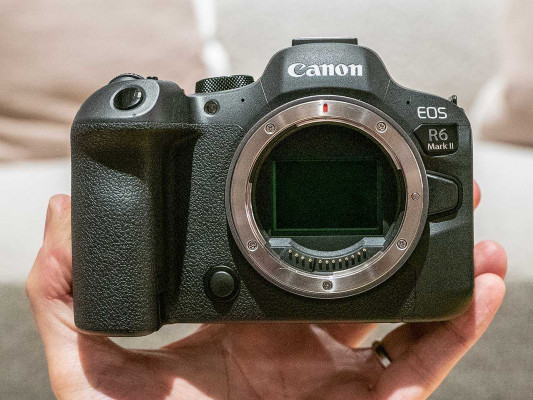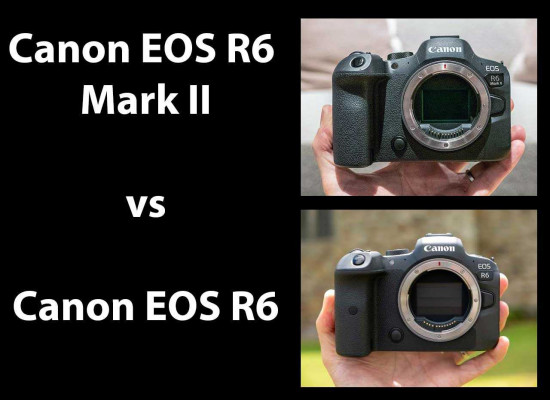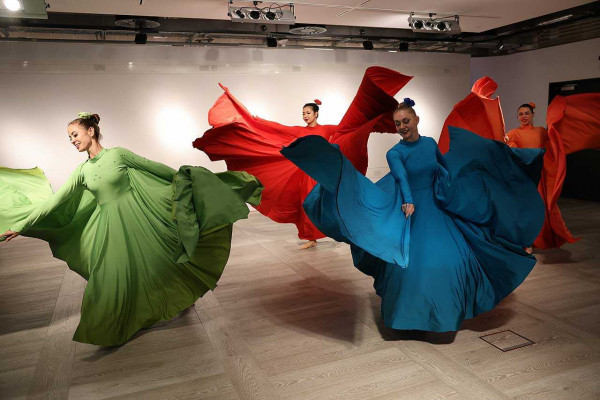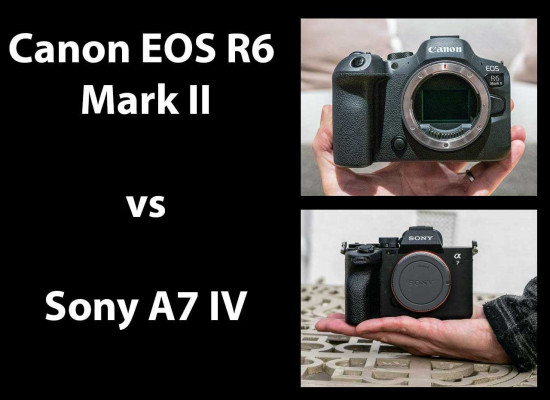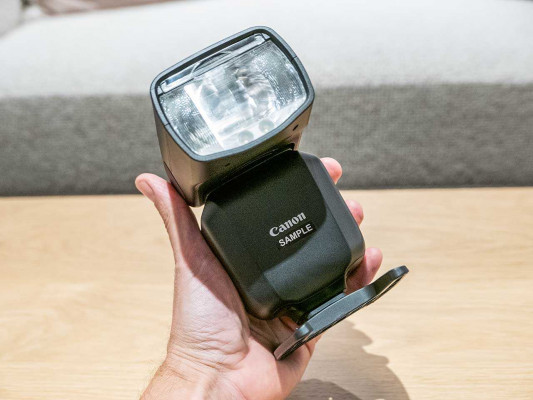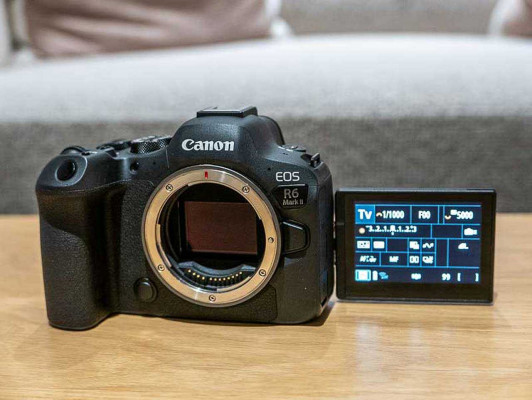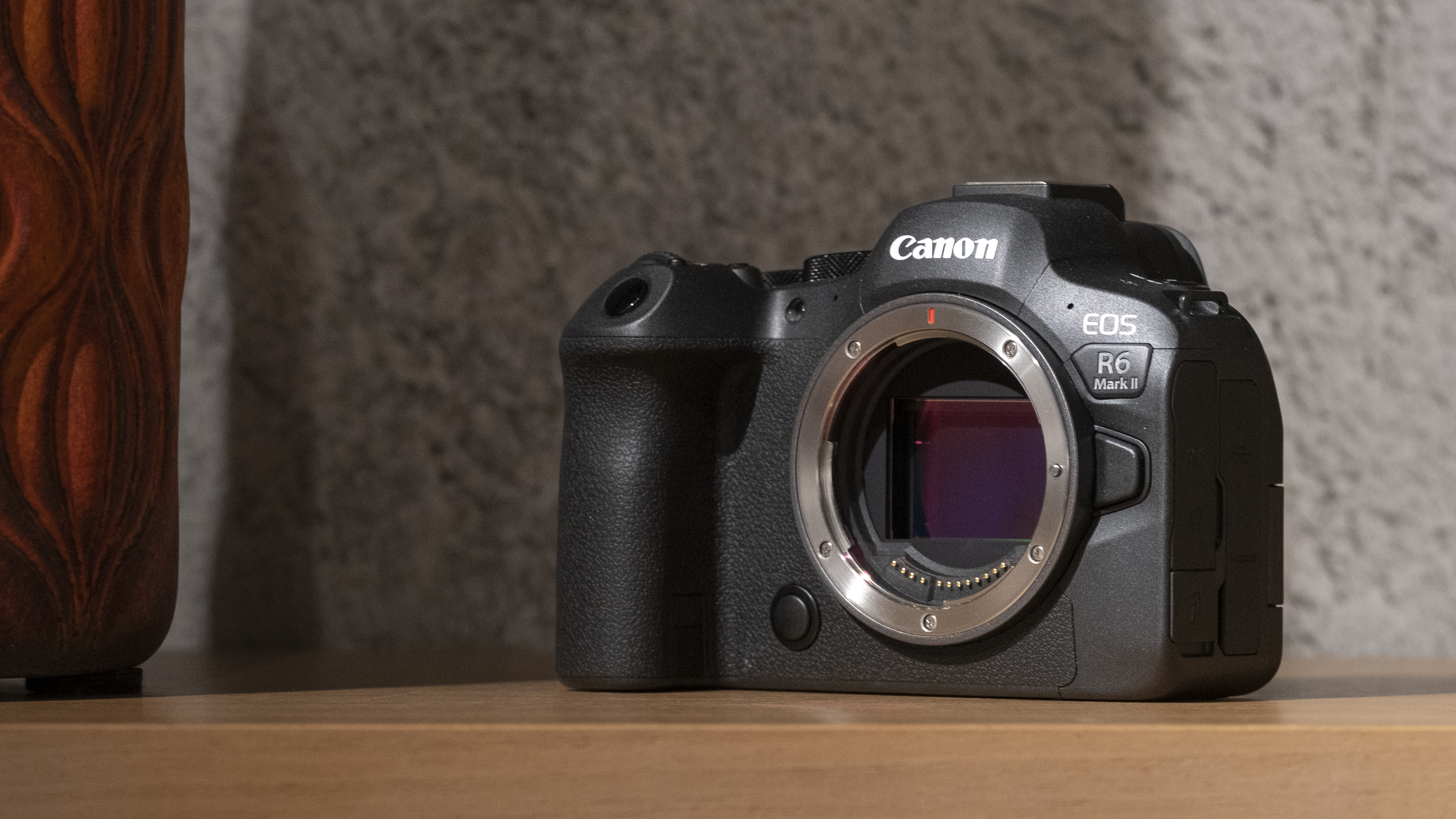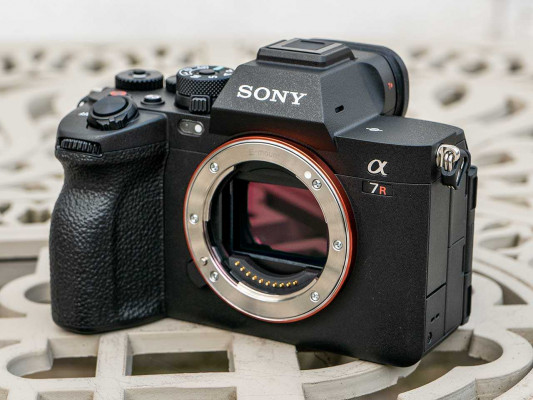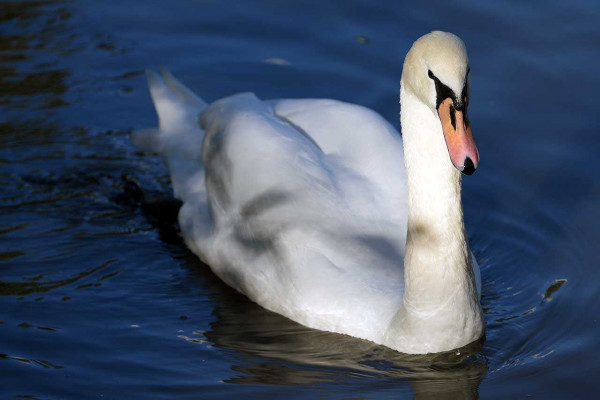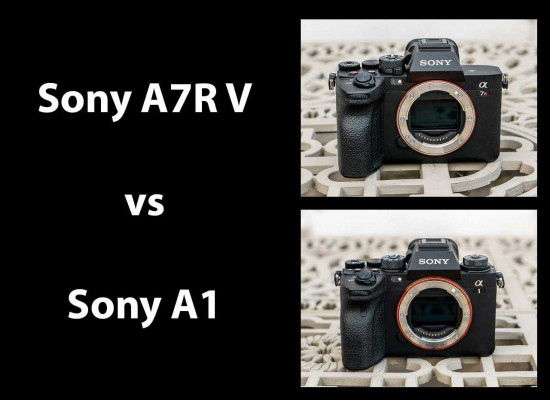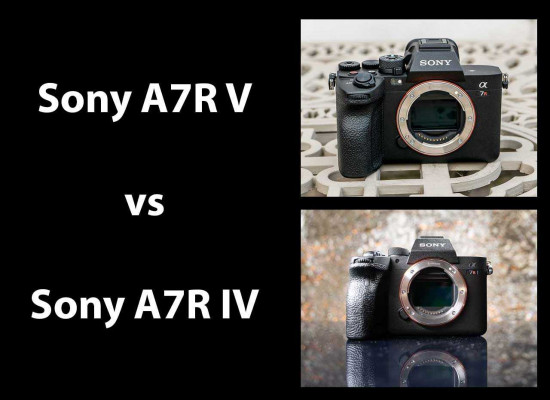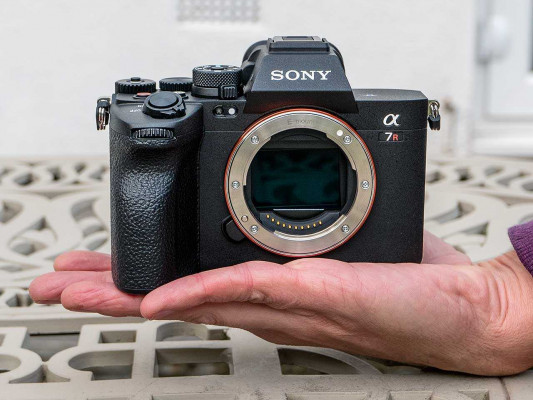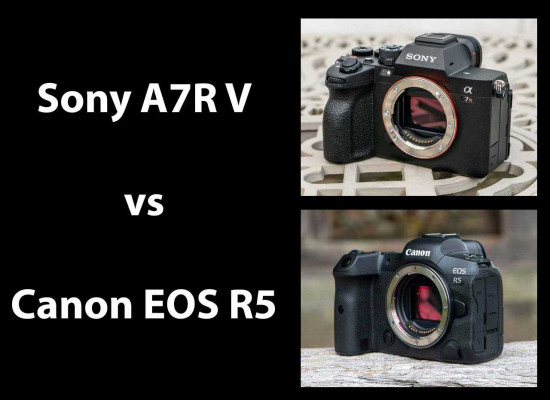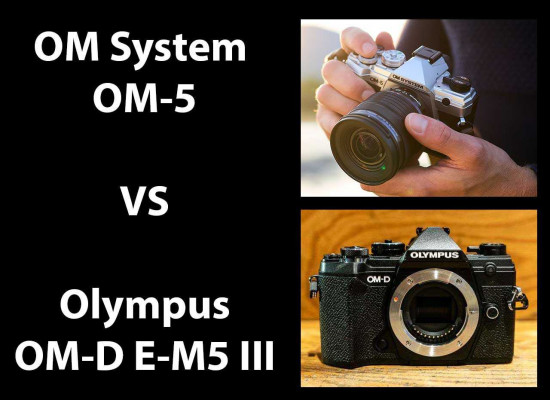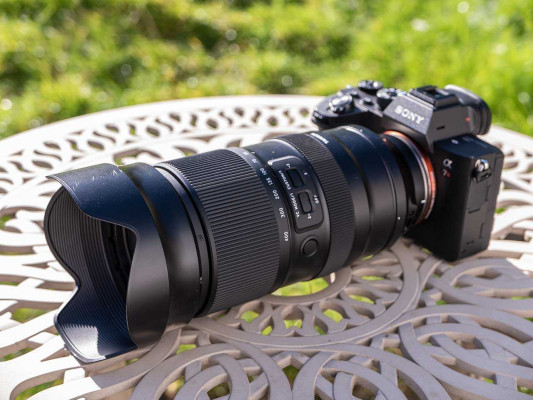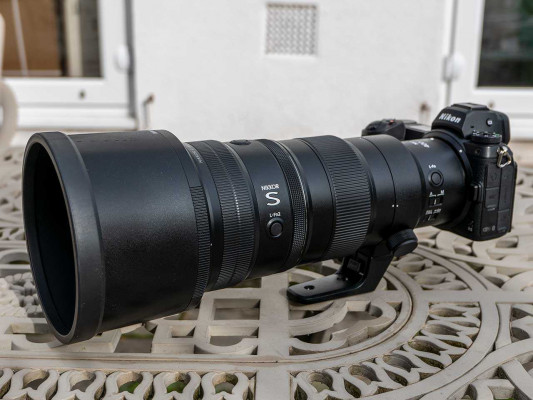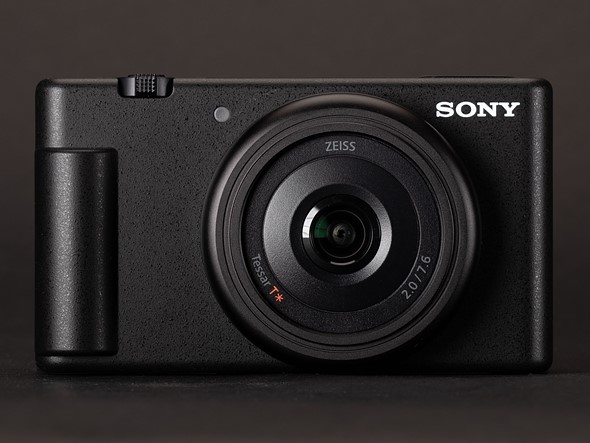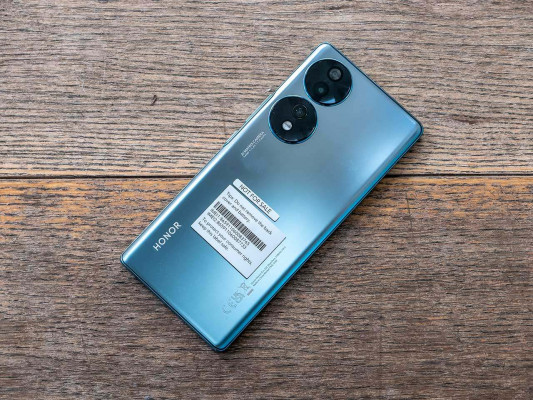Reviews

DJI Mavic 3 Classic review: A more affordable entry into the Mavic world
DPReview Latest |
| The DJI Mavic 3 Classic arrives roughly one year after the standard and Cine models. |
With the release of the new Mavic 3 Classic, DJI finally has a more affordable prosumer option that brings some advanced features to more people. As a standalone unit (without a remote controller), it's practically half the price of the Mavic 3 standard Fly More Combo, retailing for $1,469. For $1,599 you can get it with DJI's RC-N1 remote. While you don't get the dual-camera systems that made the Mavic 3 and 3 Cine stand out, you get a capable drone with a lot to offer.
 |
| The Mavic 3 Classic does not have a telephoto lens on top. Instead, it houses a camera with a 20MP Four Thirds sensor and Hasselblad color profile. |
If you're not familiar with the Mavic 3 series, we've already covered the premium Cine model in great detail. The Classic features near-identical specs, with the exception of its camera, reduced internal storage space and no Apple ProRes 422 HQ codec. If you don't need the ability to zoom in on objects up to 28X digitally, the Classic gives you almost everything else that comes with the standard Mavic 3.
This preliminary review will cover our initial impression of the Mavic 3 Classic plus our thoughts on who the target audience is for DJI's latest release, especially going into the holiday season.
Key Features
- 20MP, Four Thirds CMOS sensor
- 24mm (equiv.) lens with F2.8–11 aperture and 12.8 stops of dynamic range
- Ability to zoom in up to 3X on video
- Hasselblad HNCS
- 5.1K/50p, DCI or UHD 4K/120p and 1080/200p video
- H.264 and H.265 recording at 200 and 140 Mbps respectively
- 10-bit D-Log and HDR video capture
- Raw and JPEG image capture
- OcuSync 3.0 (O3) image transmission – 15 km (9.3 mi) range
- Omnidirectional obstacle avoidance
- APAS (Advanced Pilot Assistance System) and ActiveTrack 5.0
- 'Cruise Control' for constant flight speed
- 46-minute flight time
- 895g (1.97 lbs)
| What we like | What we don't |
| 20MP Four Thirds sensor | Still a bit pricey |
| Variable F2.8–11 aperture | Takes up to 3 minutes to start up on cold flight |
| Hasselblad color profile | New gimbal clamp a bit awkward |
| 46-minute battery life | No SDK yet |
| Compatible with a variety of DJI remotes |
The camera is shaped the same as previous Mavic 3 models, but doesn't have a telephoto lens on top. A new feature DJI introduced with this release is 'Cruise Control.' Like its name suggests, this sets the drone to a constant speed so remote pilots can focus on capturing the shot instead of flying.
Compared to...
The Classic is one step above DJI's Air 2S (which has a 20MP Type-1 CMOS sensor plus shorter flight time), and a half-step down from the Mavic 3 Standard and Cine models. Those wanting a variable aperture and longer flight time might consider upgrading from an Air 2S, while others who aren't prioritizing zoom capabilities or Apple's ProRes 422 HQ (High Quality) codec will likely feel that the Classic is more than satisfactory for many scenarios.
| Mavic 3 Classic | Mavic 3 Standard | Mavic 3 Cine | Air 2S | |
|---|---|---|---|---|
| Price |
$1,469 (Standalone) $1,599 (RC-N1 remote) Fly More Kit an additional $649 |
$2,049 (RC-N1 Remote) $2,849 (Fly More Combo) |
$4,999 (Premium Combo) |
$999 (RC-N1 Remote) $1,299 (Fly More Combo) |
| Camera |
20MP Four Thirds CMOS sensor 24mm equiv. F2.8–11 |
20MP Four Thirds CMOS sensor 24mm equiv. F2.8–11 |
20MP Four Thirds CMOS sensor 24mm equiv. F2.8–11 |
20MP Type-1 sensor
22mm equiv. F2.8 (fixed) |
| Zoom | 1–3X digital zoom | Hybrid: 1–4X digital zoom on main camera, up to 28X digital on telephoto | Hybrid: 1–4X digital zoom on main camera, up to 28X digital on telephoto | 1–4X digital zoom |
| Video Transmission | OcuSync 3.0 (O3), 4 antennas, 15 km, 1080p/60p | OcuSync 3.0 (O3), 4 antennas, 15 km, 1080p/60p | OcuSync 3.0 (O3), 4 antennas, 15 km, 1080p/60p | OcuSync 3.0 (O3), 4 antennas, 12 km, 1080p/30p |
| Video resolution | 5.1K/50p, DCI or UHD 4K/120p | 5.1K/50p, DCI or UHD 4K/120p | 5.1K/50p, DCI or UHD 4K/120p | 5.4K/30p, 4K/60p |
| Video bit-rate | 200 Mbps (H.264) / 140 Mbps (H.265) | 200 Mbps (H.264) / 140 Mbps (H.265) | 200 Mbps (H.264) / 140 Mbps (H.265) | 150 Mbps |
| APAS | APAS 5.0 | APAS 5.0 | APAS 5.0 | APAS 4.0 |
| Obstacle avoidance sensors | Forward, Backward, Downward, Upward, Left and Right | Forward, Backward, Downward, Upward, Left and Right | Forward, Backward, Downward, Upward, Left and Right | Forward, Backward, Downward, Upward |
| Flight time | 46 minutes | 46 minutes | 46 minutes | 31 minutes |
| Internal Storage | 8 GB | 8 GB | 1 TB | 8 GB |
| Apple ProRes | No | No | Yes | No |
| Dimensions | 221x96x90 mm | 221x96x90 mm | 221x96x90 mm | 180×97×80 mm |
| Weight | 895g | 895g | 899g | 595g |
In terms of remote controllers, the Mavic 3 Classic is compatible with DJI's RC remote, which was introduced with the Mini 3 Pro, the DJI RC, which debuted and comes with the Mavic 3 Cine, and the RC-N1. DJI is offering the Classic as a standalone unit under the assumption that most customers already own one of these remotes.
The DJI RC retails for $309, the RC Pro is $1,199 and the RC-N1 is included with a variety of DJI drone models including the Mini 2, Air 2S, Mini 3 Pro and standard Mavic 3.
Initial thoughts
This is the drone DJI should have released a year ago. It makes a huge difference to operate a drone with a camera that is fully functional, without the teething issues of the initial Mavic 3 models. I also noticed that the colors are truly vibrant, accurate and much more appealing to the eye than when I first flew my Cine test unit a year back. Ongoing development and firmware updates have certainly made a difference.
 |
| Straight out of the camera, without any post processing, the Mavic 3 Classic's camera delivers bold and beautiful colors. The moon's reflection in the lake shows the fine detail it captures as well. |
The Mavic 3 Classic's 20MP Four Thirds camera with its 24mm equivalent wide-angle lens seems to take in more light and capture finer details. Photos I took at dusk are crisp and clear. Starting at an aperture of 4.5, the sun will give you a starburst as it hits the horizon. This is an effect that usually requires a more sophisticated camera and lens. While recording video, it is still possible to zoom in up to 3X digitally.
As usual, the drone flies smoothly and holds up well in high winds. When I attempted to use ActiveTrack on a boat, it wouldn't lock on, and popped up a notification stating that only cars and people were available for tracking. When I captured a panorama, it only showed up as a JPEG file on my memory card even though I had JPEG + Raw chosen in my settings.
 |
| The gimbal clamp design is a bit different. The clasp attaches at the bottom and is a bit more flimsy. |
Another minor disappointment, that I thought might be resolved by now, is the amount of time it takes for the aircraft and remote to connect on a cold flight. A cold flight means the first takeoff in roughly a one-day or 24-hour period. The first two days I took the Classic out, it took about 3 minutes to connect to enough satellites (between 10 and 12) and get the GPS signal needed to safely take off. The two subsequent flights with a battery change were ready to go almost immediately.
 |
| The Northern Lights in Michigan are barely visible to the naked eye. With an 8-second shutter activated, the Classic was able to pick up the green glow. |
I also noticed, when flying at night, that I needed to calibrate the compass for each cold flight. This could be a quirk of the review unit, and at least the compass calibrated quickly. Speaking of night flights, since the Mavic 3 Classic has up to an 8-second shutter, I tried capturing the Aurora Borealis. It wasn't very visible to the naked eye, and there was some wind, but I was impressed with the slightly blurry shot that picked up color.
One minor change comes in the form of the gimbal clamp. Last year, DJI debuted a sturdier and more versatile design that was easy to slip over the front and attach on top. It's still the same, for the most part, but the clamp is placed differently, making it slightly more difficult to secure, and it felt a bit more flimsy.
 |
| While having panoramas stitched together in app is convenient, they only save as JPEG files. |
All this being said, I absolutely loved flying and filming with the Mavic 3 Classic, using DJI's easy to navigate Fly app. The colors that come out of the camera, unedited, are stunning and an accurate reflection of what the Hasselblad Natural Color Solution (HNCS) profile can produce.
Who's it for?
The Mavic 3 Classic fills a much-needed gap between beginner drone photographers and the professionals. When the Mavic 3's predecessor, the Mavic 2 Pro, debuted in September 2018 it cost $1,449 and included a remote where you could attach a smartphone. The equivalent standard Mavic 3 starts at $2,049. When the latter was released, it was surely a shock to those wanting to upgrade but finding the price out of their reach.
DJI's own Air 2S is solid budget-friendlier offering, but it has a shorter battery life at 31 minutes and a fixed-aperture camera. The Classic is a logical next step up for those who want the benefits of a larger sensor, longer battery life and variable aperture for expanded creative possibilities.
If you read my article on making money with your drone, one of the key takeaways for professional work is that you should always have two drones on you at all times in case one happens to malfunction. "Two drones equals one and one equals none," as the saying goes.
The Mavic 3 Classic is a wonderful companion and backup drone for either the standard or Cine models. You won't have a telephoto lens at your disposal, but if you promised a client imagery from a camera that boasts a Four Thirds sensor with that HNCS color profile, then you can still deliver.
Overall, the Mavic 3 Classic is the perfect drone for both aspiring and professional photographers and videographers. The colors are brilliant and accurate while the details are crisp and clear. In spite of a few minor gripes, this release is a must-have for creatives looking to take their aerial imagery to a new level.




